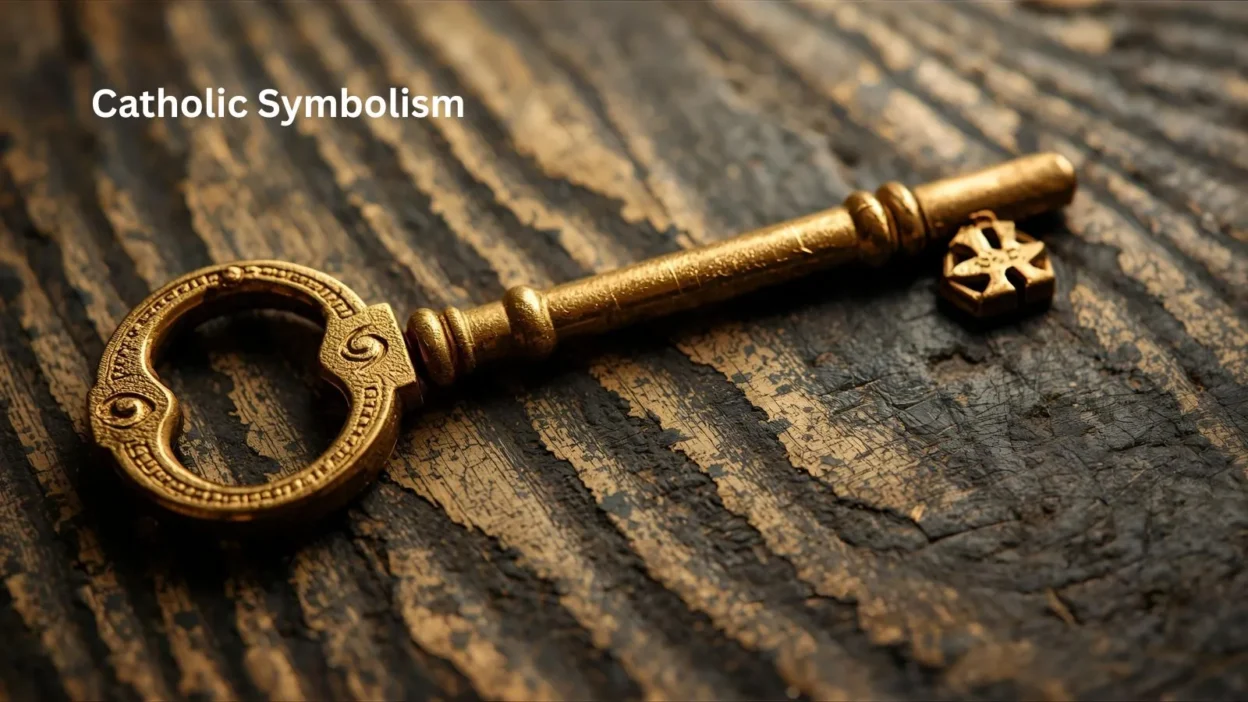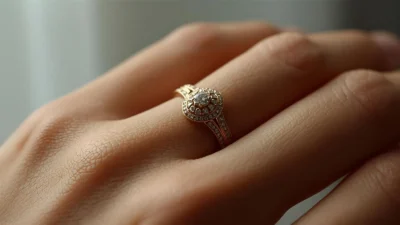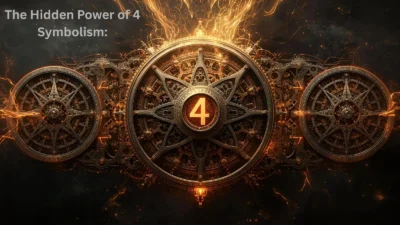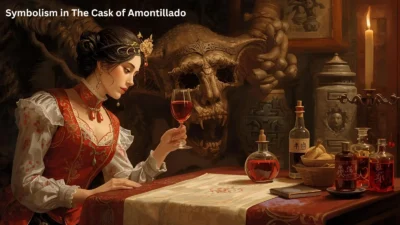I was walking through a quiet garden after a tough day, full of worry and questions about my future.
Then I saw it—a small white feather resting on a stone bench. It didn’t feel random. It felt like a message.
I’d read once that feathers can symbolize angelic presence. That moment reminded me of something deeper, something ancient.
Symbolism is God’s gentle whisper in a noisy world.
For those of us on a spiritual journey, Catholic symbolism offers more than religious tradition—it gives us a map for emotional healing, divine understanding, and daily connection with heaven.
This article will guide you through Catholic symbols, how they show up in art, stories, and even snacks like pretzels—and how you might find a deeper spiritual message next time you spot a bird, a golden coin, or a quiet moment in nature.
Roman Catholic Symbolism: A Language of the Soul
Roman Catholic symbolism forms a sacred language that has shaped churches, sacraments, and everyday lives for over 2,000 years.
Each symbol is a bridge between heaven and earth.
Some of the most well-known symbols include:
- The Cross: A sign of suffering and salvation.
- The Dove: Symbol of the Holy Spirit and divine peace.
- Water: Used in baptism to represent cleansing and new life.
- Fire: Represents the presence of God and the Holy Spirit (like Pentecost).
- Lamb: Jesus as the sacrificial lamb who takes away sin.
But it goes deeper—these symbols often appear in dreams, nature, or emotional moments.
For example, if you see a lamb unexpectedly, or feel drawn to water after prayer, it might be a symbolic nudge from God.
Symbolism is also vital in sacraments like the Eucharist (bread and wine representing body and blood), showing how everyday things carry eternal meaning
Catholic Symbolism in Art: Painting the Invisibl
From stained glass to oil paintings, Catholic art is a treasure chest of spiritual signs.
Artists throughout history have used color, animals, shapes, and posture to speak to the soul.
Examples include:
- Halos: Circles of gold light around holy figures, symbolizing divine glory.
- Lilies: Representing purity and the Virgin Mary.
- Snakes and apples: Symbolizing temptation and original sin.
- Eyes: Often used to symbolize God’s all-seeing vision (e.g., the Eye of Providence).
In cathedrals and small chapels alike, art brings theology to life. The beauty of Catholic symbolism in art is that it helps us see with the heart, making the invisible sacred real and relatable.
LOTR Catholic Symbolism: The Light in Middle-Earth
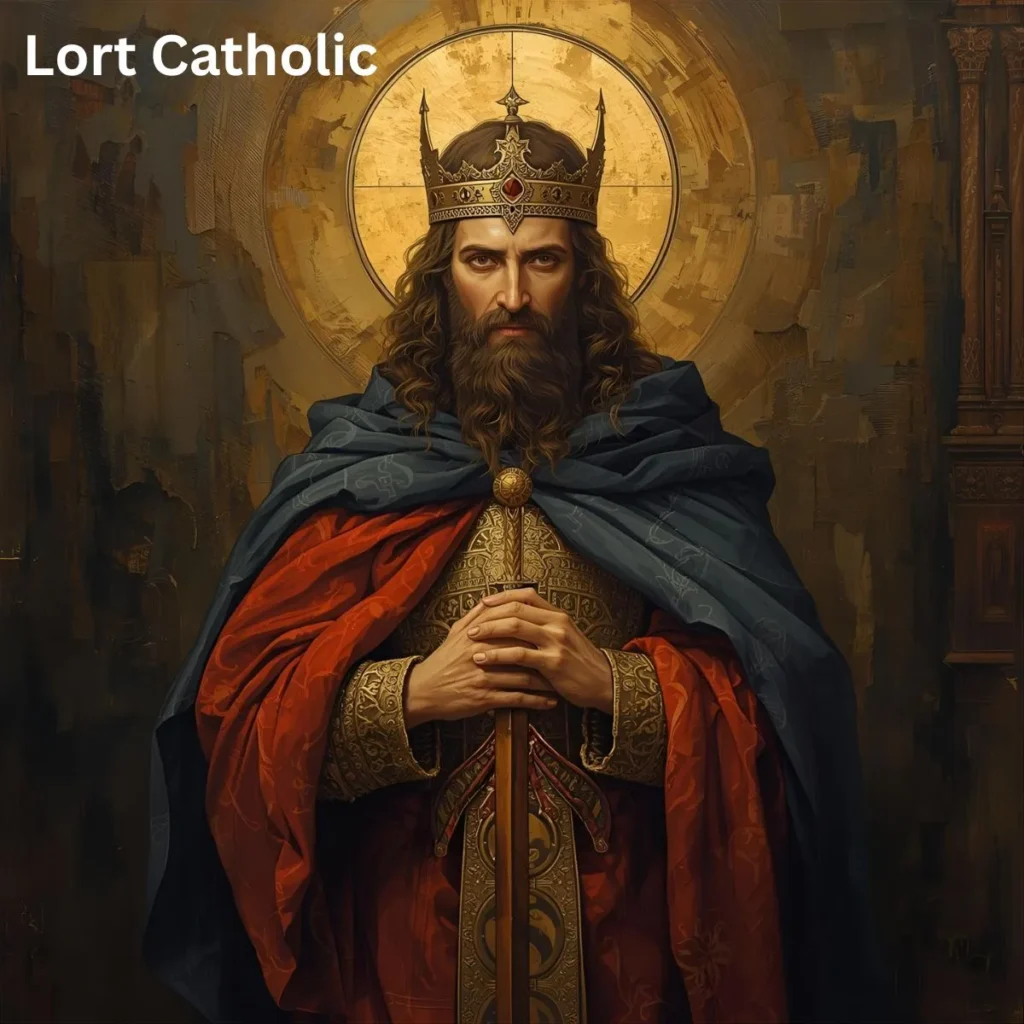
J.R.R. Tolkien, a devout Catholic, filled The Lord of the Rings with deep Catholic symbolism—even if it’s subtle.
Tolkien said his story was “fundamentally Catholic” in its worldview.
Here’s how:
- Frodo as a Christ figure: Carrying a heavy burden (the ring) much like Jesus carried the cross.
- Gandalf’s resurrection: He “dies” as Gandalf the Grey and returns as Gandalf the White—a clear resurrection theme.
- Lembas bread: A small, sustaining bread that echoes the Eucharist.
- Temptation of the Ring: Like sin, the Ring seduces and destroys.
LOTR shows that Catholic values—hope, sacrifice, and grace—shine even in fantasy realms, teaching us that spiritual lessons are everywhere, even in fiction.
Narnia Catholic Symbolism: Faith Hidden in Fur and Snow
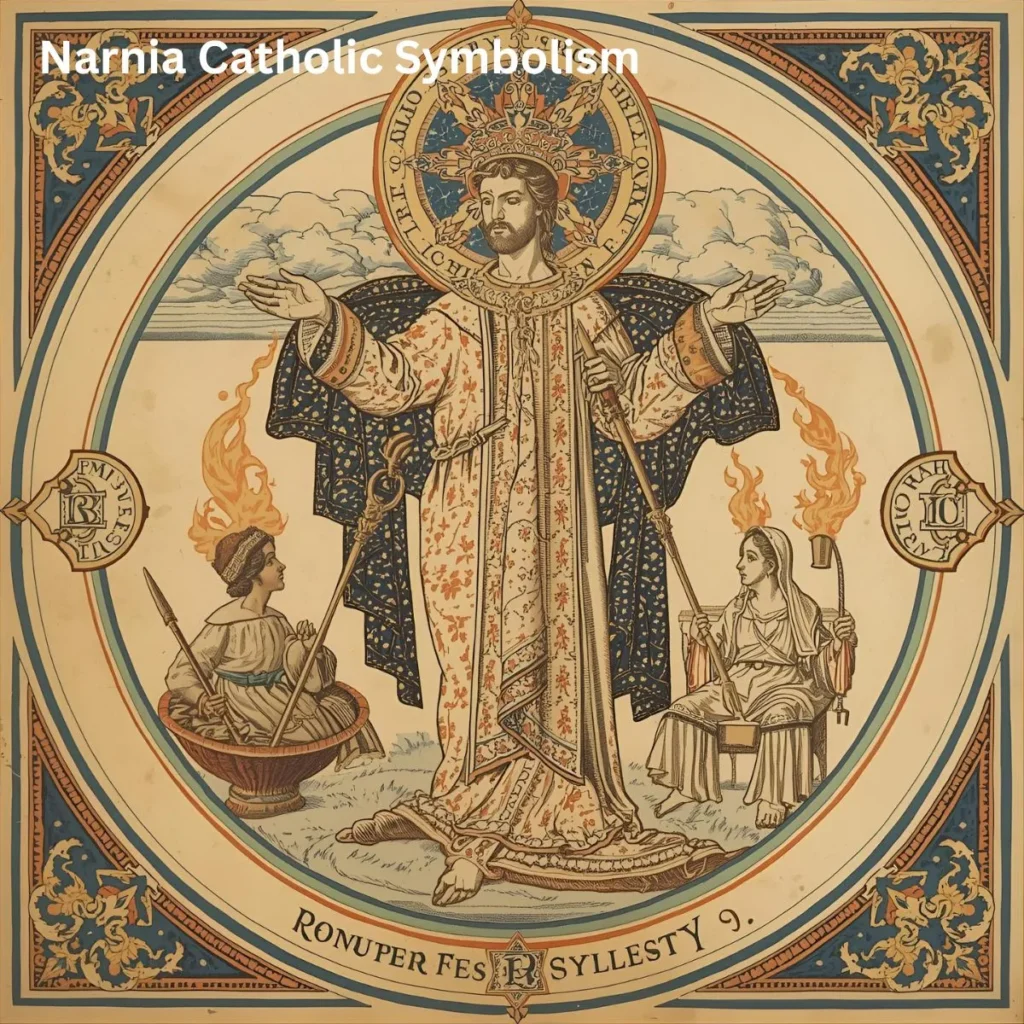
C.S. Lewis, though Anglican, filled The Chronicles of Narnia with clear Catholic and Christian symbols. He was inspired by Catholic imagery and theology.
In The Lion, the Witch and the Wardrobe:
- Aslan is a Christ figure—He gives His life for Edmund and rises again.
- The Witch’s winter: Symbolizes spiritual death and the absence of grace.
- Deep Magic: Represents divine law and justice, while Aslan’s sacrifice shows mercy.
- Baptismal water: Characters are renewed through water after battle.
Narnia reminds us that spiritual truths often wear the costume of stories. These tales awaken our imagination and bring us closer to spiritual mysteries.
Catholic Symbolism in Lord of the Rings: More Than a Story
Zooming in again on Tolkien’s epic: Catholic symbolism isn’t only present—it’s foundational.
- Sam’s loyalty: Reflects agape, or unconditional love, as taught by Christ.
- The Ringwraiths: Once kings, they lose themselves to power and fear—a warning against pride and sin.
- The journey to Mount Doom: Like the via dolorosa (Way of the Cross), it’s full of struggle, but it leads to redemption.
Tolkien refused to use direct allegory but created a rich, symbolic atmosphere that spiritually aligns with Catholic values.
Every reader senses the weight of evil and the power of grace.
The Lion, The Witch and the Wardrobe Catholic Symbolism: A Spiritual Fairytale
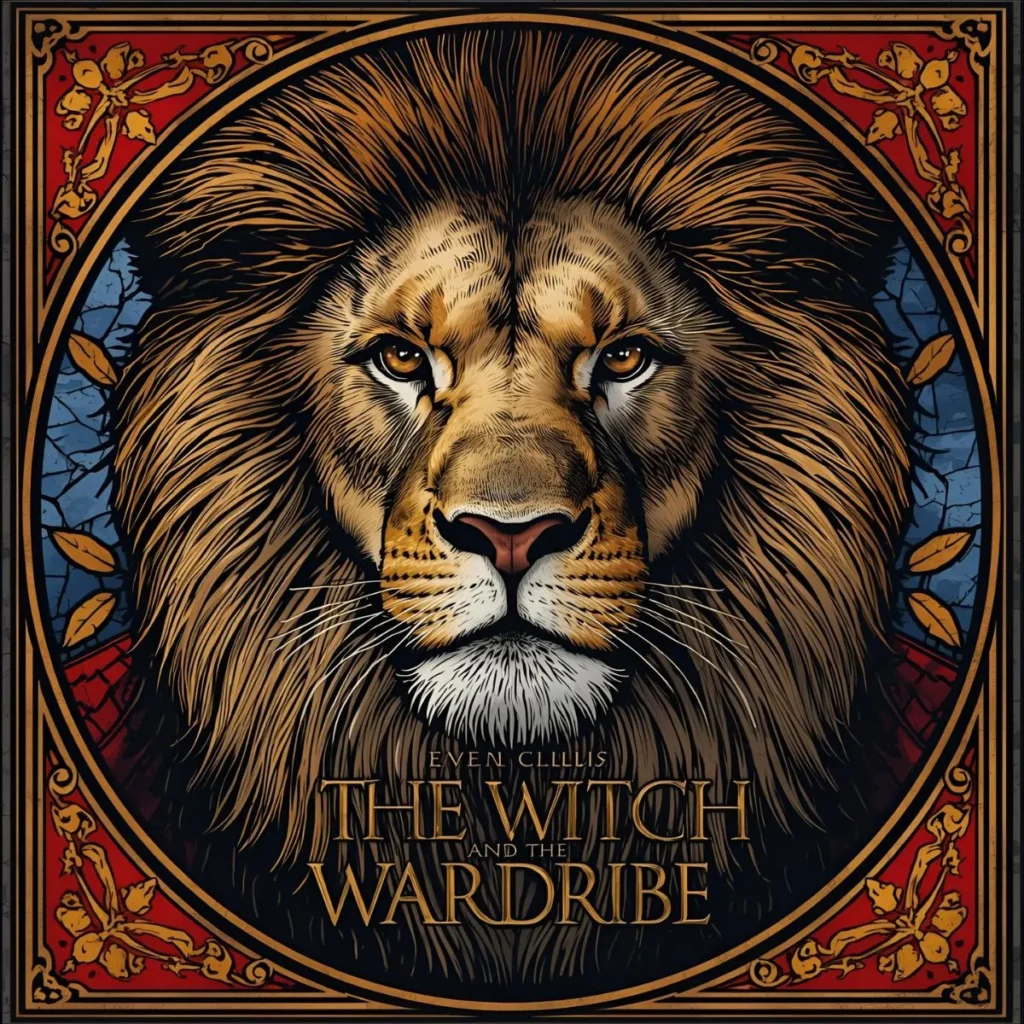
More clearly than Tolkien, Lewis designed The Lion, the Witch and the Wardrobe to reflect core Christian beliefs.
- Stone Table breaking: Parallels the tearing of the temple veil during Jesus’ death.
- Edmund’s betrayal: Shows the cost of sin, and Aslan’s mercy reflects divine forgiveness.
- Victory over the Witch: Christ’s triumph over death and evil.
This symbolism doesn’t just make the story richer—it makes your life feel connected to a larger spiritual narrative.
You, too, are part of a cosmic story of love, sacrifice, and redemption
Pretzels Catholic Symbolism: Snack with a Sacred Twis
Yes, even pretzels have Catholic symbolism!
In early Christian Europe, monks created pretzels as a reward for children who learned their prayers. The twisted shape was said to mimic arms crossed in prayer.
Pretzels became associated with Lent, a season of prayer and fasting, because they contain no eggs or dairy—perfect for Lenten fasting rules.
In fact, pretzels were called “bracellae“, meaning “little arms.”
So next time you snack on a pretzel, think of it as a quiet reminder to pray, fast, and trust.
Pelican in Catholic Symbolism: Love That Gives Life
One of the most emotional symbols in Catholicism is the pelican.
According to ancient belief, a mother pelican would pierce her own breast to feed her starving chicks with her blood.
This became a symbol of Christ’s self-sacrifice in the Eucharist.
The pelican is often seen on altars, tabernacles, and stained glass.
It reminds us that divine love is sacrificial and nourishing—just like Christ feeding us in the Holy Communion.
It’s a symbol of hope when you’re feeling empty or spiritually hungry.
Catholic Symbolism of Gold, Frankincense, and Myrrh

The gifts of the Magi at Jesus’ birth weren’t just fancy presents—they carried deep Catholic symbolism:
- Gold: Fit for a king. Jesus is King of Heaven and Earth.
- Frankincense: Used in worship. Symbolizes His divinity and role as High Priest.
- Myrrh: A burial spice, foreshadowing His death and resurrection.
These gifts teach us that Christ holds our joy, our worship, and our pain—He’s present in every part of our life journey.
Real-Life Scenarios of Catholic Symbolism in Daily Life
1. A Dove at the Hospital
Maria was sitting by her father’s hospital bed, praying silently. Suddenly, a white dove landed on the windowsill. It stayed there for minutes. Later, her father woke up. She believed it was the Holy Spirit’s reassurance.
2. A Ring in the Dirt
Daniel found a simple ring while gardening. He’d been thinking about forgiveness and commitment. The ring reminded him of God’s eternal covenant, like a wedding vow between the soul and the Savior.
3. A Child’s Drawing
Emily’s 5-year-old drew a picture of a heart with a cross inside it. It was after a family argument. Her daughter had no idea, but it was a symbol of healing and unity, just when Emily needed a sign.
FAQs
Q1: Why does Catholicism use so many symbols?
Catholicism believes in the sacramental worldview—God speaks through material things. Symbols help us understand invisible spiritual truths.
Q2: Are symbols in nature also Catholic symbols?
Yes! Animals, colors, and elements can reflect Catholic meanings—like the lamb, dove, or fire—all used to symbolize Christ and the Holy Spirit.
Q3: Can dreams have Catholic symbolism?
Many saints, including St. Joseph, received symbolic dreams. Dreams can be one way God communicates, using familiar Catholic signs.
Q4: Is using symbols idolatry?
No. Catholics don’t worship symbols—they use them as windows to understand God better, just like Jesus used parables.
Q5: Can I find Catholic symbolism in my daily life?
Absolutely. Pay attention. A flower, a sunrise, or even a broken object may carry a message. Ask the Holy Spirit for insight.
Conclusion:
Narnia Catholic Symbolism isn’t just ancient tradition—it’s a living language of love.
It turns ordinary things into sacred signs and helps us feel emotionally connected to something divine.
When you start recognizing these symbols—in books, in birds, in bread—you begin to feel held, guided, and comforted by a presence much bigger than yourself.
That feather I found in the garden? It wasn’t just decoration. It was a message that God sees me, and He sees you too.
Open your eyes. The world is full of whispers from Heaven.

